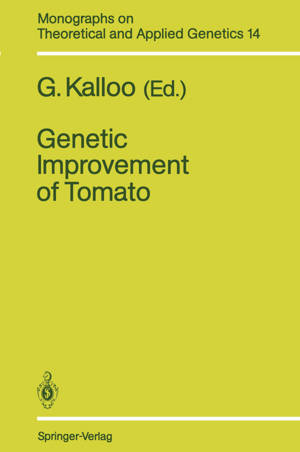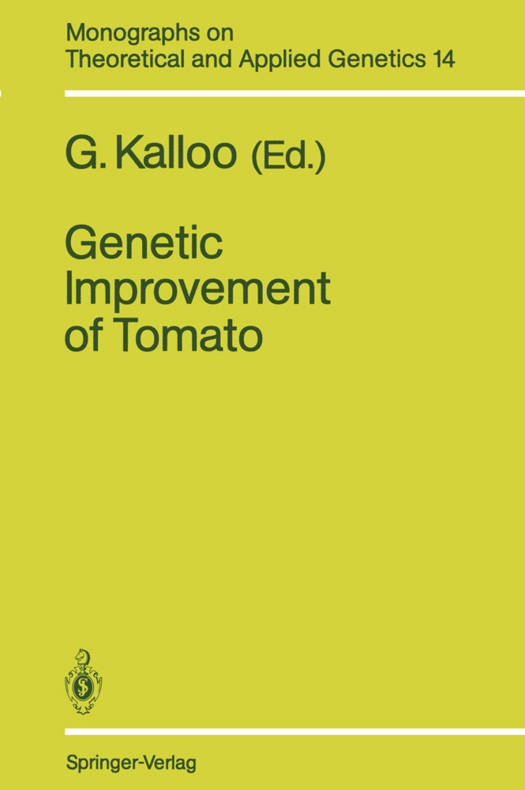
- Afhalen na 1 uur in een winkel met voorraad
- Gratis thuislevering in België vanaf € 30
- Ruim aanbod met 7 miljoen producten
- Afhalen na 1 uur in een winkel met voorraad
- Gratis thuislevering in België vanaf € 30
- Ruim aanbod met 7 miljoen producten
Zoeken
Genetic Improvement of Tomato
€ 167,95
+ 335 punten
Omschrijving
The esculent Lycopersicon esculentum, long thought to be poisonous, has become a major U. S. food crop and source of vitamins and minerals, thanks largely to genetic modification and new production technology Rick (1978) Tomato (Lycopersicon esculentum Mill. ) is one of the most important solana- ceous vegetable crops grown worldwide under outdoor and indoor conditions. It has become an important commercial crop so far as the area, production, industrial values and its contribution to human nutrition is concerned. During the past few decades tremendous developments have contributed to the knowledge and understanding of various areas of genetics, breeding and biotechnology and voluminous literature has been generated. The purpose of preparing this monograph is to give a comprehensive up-to-date treatment to the various aspects of genetic improvement of tomato. The emphasis has been placed on cytology, classical and molecular genetics, reproductive biology, germplasm resources, hybrid seed production, use of wild taxa, selection/ breeding methods, breeding for abiotic and biotic stresses, processing and quality breeding, improvement for mechanical harvesting, and biotechnology: tissue culture, protoplast fusion, and genetic transformation. These topics are presented in 22 different chapters. However, a few aspects have been discussed in more than one chapter. For example, seed production is treated in chapters 1, 4 and 8; molecular biology/genetic engineering in chapters 3 and 22 and heterosis in chapters 8 and 16.
Specificaties
Betrokkenen
- Uitgeverij:
Inhoud
- Aantal bladzijden:
- 358
- Taal:
- Engels
- Reeks:
- Reeksnummer:
- nr. 14
Eigenschappen
- Productcode (EAN):
- 9783642842771
- Verschijningsdatum:
- 27/12/2011
- Uitvoering:
- Paperback
- Formaat:
- Trade paperback (VS)
- Afmetingen:
- 156 mm x 234 mm
- Gewicht:
- 526 g

Alleen bij Standaard Boekhandel
+ 335 punten op je klantenkaart van Standaard Boekhandel
Beoordelingen
We publiceren alleen reviews die voldoen aan de voorwaarden voor reviews. Bekijk onze voorwaarden voor reviews.







